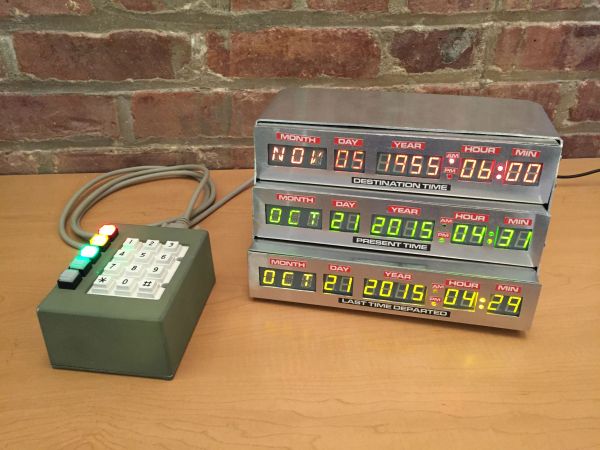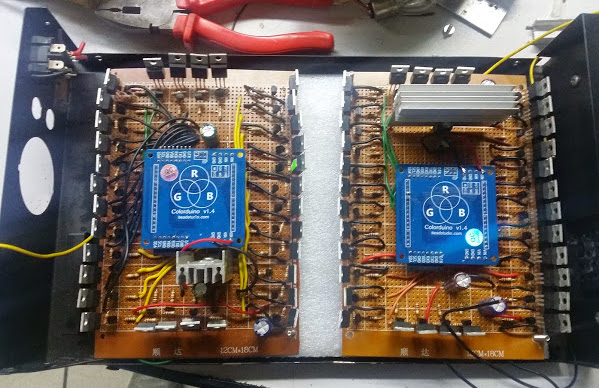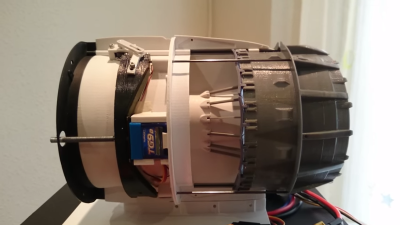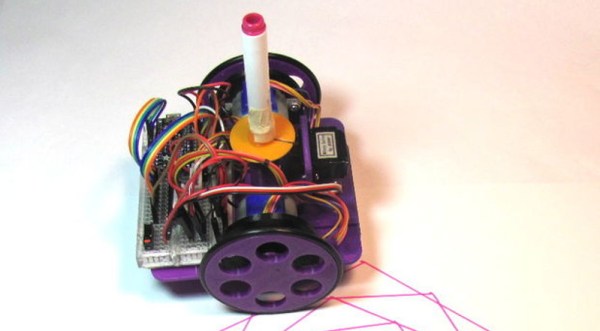While real time-travel is obviously not happening anytime soon, with this Back to the Future themed alarm clock, you can go to the future in seven hour eight hour increments by going to sleep. Great Scott!
[CrossleyAcoustics] spent the past few months designing and building this movie-prop worthy alarm clock, and it certainly shows. After designing everything on breadboards, he had custom PCBs made, he modeled the whole thing in Sketchup (first time he’s used it!) and even tried his hand at the sheet metal fabrication after shops quoted him thousands for what he wanted.
The coolest part of the build is that [CrossleyAcoustics] had some detailed drawings that he had made himself… when he was 8 years old. Talk about a plan coming together!
Continue reading “Back To The Future Alarm Clock Is As Real As It Gets”



 The project took around 450 meters of RGB strips controlled by
The project took around 450 meters of RGB strips controlled by 
 What sets this apart from other jet models is the working reverse thrust system. [Harcoreta] painstakingly modeled the cascade reverse thrust setup on the 787/GEnx-1B combo. He then engineered a way to make it actually work using radio controlled plane components. Two servos drive threaded rods. The rods move the rear engine cowling, exposing the reverse thrust ducts. The servos also drive a complex series of linkages. These linkages actuate cascade vanes which close off the fan exhaust. The air driven by the fan has nowhere to go but out the reverse thrust ducts. [Harcoreta’s] videos do a much better job of explaining how all the parts work together.
What sets this apart from other jet models is the working reverse thrust system. [Harcoreta] painstakingly modeled the cascade reverse thrust setup on the 787/GEnx-1B combo. He then engineered a way to make it actually work using radio controlled plane components. Two servos drive threaded rods. The rods move the rear engine cowling, exposing the reverse thrust ducts. The servos also drive a complex series of linkages. These linkages actuate cascade vanes which close off the fan exhaust. The air driven by the fan has nowhere to go but out the reverse thrust ducts. [Harcoreta’s] videos do a much better job of explaining how all the parts work together.














